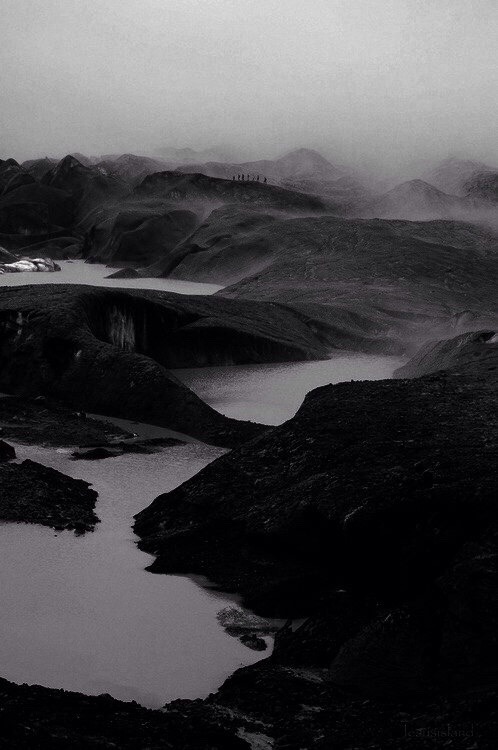
astrorelations
99 posts
Latest Posts by astrorelations

Shiiiett


Evolving every moon every sun
. free yourself to evolve
. liberté-se para evoluir

Kumamoto,Japan | takaphilography

The Evening Angel (1848) - Alexandre Cabanel




Incorrect AOT quotes


Tehran, Iran (2014)
Tesserac t Visio n



Jupiter is the really bright one 🌝
💨

All of this for a lousy 2




Tired of this tension (T)


Seeing the world from under ! 🐠🐠🐠💦🌊 | benthouard
Location: French Polynesia

Raging Bear Creek Falls by Andrew Morse

Lunar Eclipse 2019 | Zoltan Tasi


What is a Wormhole?
Wormholes were first theorized in 1916, though that wasn’t what they were called at the time. While reviewing another physicist’s solution to the equations in Albert Einstein’s theory of general relativity, Austrian physicist Ludwig Flamm realized another solution was possible. He described a “white hole,” a theoretical time reversal of a black hole. Entrances to both black and white holes could be connected by a space-time conduit.

In 1935, Einstein and physicist Nathan Rosen used the theory of general relativity to elaborate on the idea, proposing the existence of “bridges” through space-time. These bridges connect two different points in space-time, theoretically creating a shortcut that could reduce travel time and distance. The shortcuts came to be called Einstein-Rosen bridges, or wormholes.

Certain solutions of general relativity allow for the existence of wormholes where the mouth of each is a black hole. However, a naturally occurring black hole, formed by the collapse of a dying star, does not by itself create a wormhole.
Wormholes are consistent with the general theory of relativity, but whether wormholes actually exist remains to be seen.

A wormhole could connect extremely long distances such as a billion light years or more, short distances such as a few meters, different universes, or different points in time
For a simplified notion of a wormhole, space can be visualized as a two-dimensional (2D) surface. In this case, a wormhole would appear as a hole in that surface, lead into a 3D tube (the inside surface of a cylinder), then re-emerge at another location on the 2D surface with a hole similar to the entrance. An actual wormhole would be analogous to this, but with the spatial dimensions raised by one. For example, instead of circular holes on a 2D plane, the entry and exit points could be visualized as spheres in 3D space.

Science fiction is filled with tales of traveling through wormholes. But the reality of such travel is more complicated, and not just because we’ve yet to spot one.

The first problem is size. Primordial wormholes are predicted to exist on microscopic levels, about 10–33 centimeters. However, as the universe expands, it is possible that some may have been stretched to larger sizes.
Another problem comes from stability. The predicted Einstein-Rosen wormholes would be useless for travel because they collapse quickly.

“You would need some very exotic type of matter in order to stabilize a wormhole,” said Hsu, “and it’s not clear whether such matter exists in the universe.”
But more recent research found that a wormhole containing “exotic” matter could stay open and unchanging for longer periods of time.

Exotic matter, which should not be confused with dark matter or antimatter, contains negative energy density and a large negative pressure. Such matter has only been seen in the behavior of certain vacuum states as part of quantum field theory.
If a wormhole contained sufficient exotic matter, whether naturally occurring or artificially added, it could theoretically be used as a method of sending information or travelers through space. Unfortunately, human journeys through the space tunnels may be challenging.

Wormholes may not only connect two separate regions within the universe, they could also connect two different universes. Similarly, some scientists have conjectured that if one mouth of a wormhole is moved in a specific manner, it could allow for time travel.

Although adding exotic matter to a wormhole might stabilize it to the point that human passengers could travel safely through it, there is still the possibility that the addition of “regular” matter would be sufficient to destabilize the portal.
Today’s technology is insufficient to enlarge or stabilize wormholes, even if they could be found. However, scientists continue to explore the concept as a method of space travel with the hope that technology will eventually be able to utilize them.
source
source
images: x, x, x, x, x, x, x, x, x

List of major unsolved problems in physics: - Theory of everything - Quantum gravity - Hierarchy problem - Strong CP problem - Physics beyond the standard model - Interpretation of quantum mechanics - Matter–antimatter asymmetry - Proton decay and spin crisis - Neutrino mass - Extra dimensions - Arrow of time - Problem of time - Dark matter - Dark Energy - Horizon problem - Fine tuned universe - Shape of the universe - Size of the universe - Blackhole information paradox - Origin and future of the universe







Blanet: A new class of planet that could form around black holes
The dust clouds around supermassive black holes are the perfect breeding ground for an exotic new type of planet.
Blanets are fundamentally similar to planets; they have enough mass to be rounded by their own gravity, but are not massive enough to start thermonuclear fusion, just like planets that orbit stars. In 2019, a team of astronomers and exoplanetologists showed that there is a safe zone around a supermassive black hole that could harbor thousands of blanets in orbit around it.
The generally agreed theory of planet formation is that it occurs in the protoplanetary disk of gas and dust around young stars. When dust particles collide, they stick together to form larger clumps that sweep up more dust as they orbit the star. Eventually, these clumps grow large enough to become planets.
A similar process should occur around supermassive black holes. These are surrounded by huge clouds of dust and gas that bear some similarities to the protoplanetary disks around young stars. As the cloud orbits the black hole, dust particles should collide and stick together forming larger clumps that eventually become blanets.
The scale of this process is vast compared to conventional planet formation. Supermassive black holes are huge, at least a hundred thousand times the mass of our Sun. But ice particles can only form where it is cool enough for volatile compounds to condense.
This turns out to be around 100 trillion kilometers from the black hole itself, in an orbit that takes about a million years to complete. Birthdays on blanets would be few and far between!
An important limitation is the relative velocity of the dust particles in the cloud. Slow moving particles can collide and stick together, but fast-moving ones would constantly break apart in high-speed collisions. Wada and co calculated that this critical velocity must be less than about 80 meters per second.
source

the most beautiful words in the english language
ineffable — indescribable, unspeakable
eudaemonia — the state of consummate happiness
sumptuous — extremely costly, luxurious, magnificent
nadir — the lowest point (of something abstract)
lassitude —tiredness, lack of energy
scintilla — a spark or a trace of something
aurora — the dawn
quintessential — perfectly typical or representative of a particular kind of person or thing
renaissance — revival
bodacious — remarkable, admirable
ebullience — the quality of excitement and enthusiasm
ThAnK yOu ....LEGeNdS.. ..... ...... 👽👽👽👽👽👽

Legends forever.............Greatest Of All Time!!!!








Legends forEvEr...........GreateSt oF AlL TimE!!!
.
.
.
.
.and all living and other physicists, biologist, mathematicians, logician, philosopher, engineers, other fields artists and all peoples - THANK YOU FOR YOUR INCREDIBLE CONTRIBUTION..


— Invisible String ( Taylor Swift, Folklore )
How did I watch 8 seasons of this


